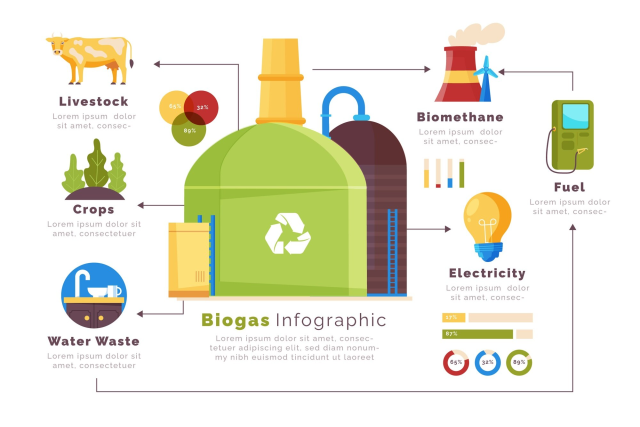
Sustainable energy solutions are gaining ground the waste-to-energy (WTE) industry is booming thanks to technological developments, rising volume of trash, and growing emphasis. WTE technologies are increasingly seen as a major answer to turn trash into renewable energy and reduce dependence on landfill as worldwide waste management difficulties worsen.
Market Growth and Estimates
The global waste-to-energy market is valued at approximately $41.7 billion in 2024 and is projected to expand at a CAGR of 6.5% from 2025 to 2030. This growth is fueled by the rising adoption of advanced thermal and biological WTE processes, alongside increasing government initiatives supporting clean energy solutions.
One of the most important drivers of growing waste production market growth worldwide is one of the most important drivers. As a result of urbanization and industrialization, the exponential growth of municipal solid waste (MSW) calls for permanent and effective settlement techniques. Giving a dual advantage of energy production and waste management, WTE technologies make an attractive option for corporations as well as governments.
Technological Progress and Investment
Including among developments shaping the waste-to-energy scene is various major investments and novel ideas.
- To improve the efficiency of waste-to-fuel transformation and decrease carbon emissions, companies like SGH Energy have put $50 million in next-generation plasma gasification plants.
- March 2024 saw Veolia unveiling a collaboration with several European cities meant to build new WTE facilities meant to boost energy recovery from nonrecyclable waste and focusing on net zero waste approaches.
- AI-driven sorting systems: Automation and AI incorporation in waste sorting operations are becoming more popular. Before trash reaches incineration or anaerobic digestion installations, Waste Logic Solutions' AI-driven robotics are being put to maximize material recovery.
Regional Insights
Major players are driving changes in the waste-to-energy sector, which is undergoing significant regional expansion.
- North America's leading use of waste-to-energy technology results from harsh environmental laws and official encouragement of renewable energy. U. S. A. and Canada are spending much on WTE facilities to address landfill overflow and produce renewable energy.
- Europe's constant WTE project growth is fueled by its strict waste management policy. Advanced incineration and anaerobic digestive plants are helping nations including Germany, Sweden and Netherlands to improve their level of waste recovery.
- In the Asia-Pacific sector, the growing nations including China and India are quickly adopting WTE technology to solve urban waste issues. Private investment and government programs are intensifying the establishment of contemporary WTE facilities in big cities.
- In the Middle East and Africa, the WTE technology will be used slowly; Some countries like UAE and Saudi Arabia are examining the methods of recovery of energy to match the objectives of their stability.
Challenges and Opportunities
Although the WTE promises the market, it is surrounded by difficulties including high first capital outline, environmental issues and legal obstacles. Nevertheless, development in government incentives, better efficiency and emission control technology is helping to remove these challenges.
Regarding opportunities, considerable growth potential exists in the integration of smart solutions, expanded public-private partnerships, and creative waste conversion strategies such biofuel manufacture. Furthermore, probably driving WTE usage around the world is the drive for circular economy principles.
Conclusion
Driven by technical advancements, government support, and the pressing demand for sustainable waste management solutions, the waste-to-energy industry stands ready for major growth. The industry presents great possibilities for stakeholders seeking to take advantage of the future of clean energy and environmental sustainability as it changes.






